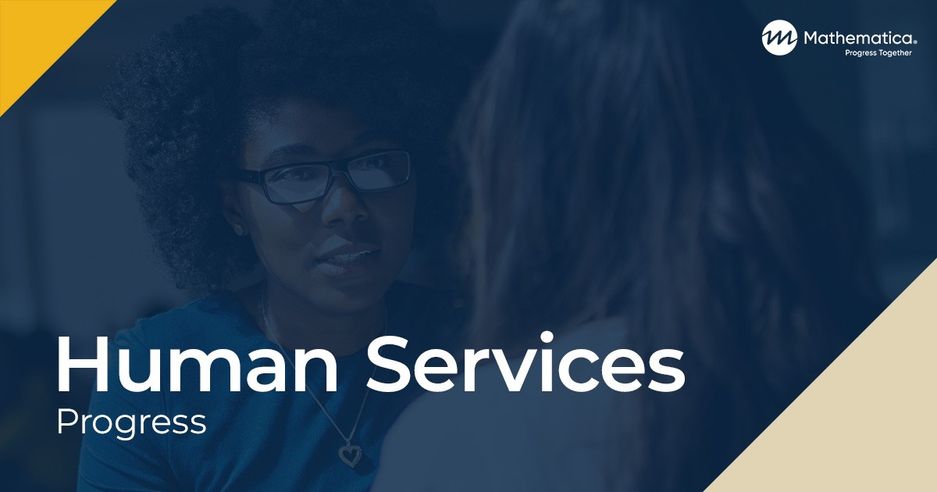The Role of Goal Setting in Integrated Service Delivery
- Tracking goals can motivate program participants.
- Coaching can provide critical support during the pursuit of goals.
- “Commitment devices” can motivate participants to stick to their goals.
- Monetary incentives may also motivate participants to pursue their goals.
The Working Families Success Network (WFSN) helps low-income adults achieve self-sufficiency by offering integrated service delivery (ISD) across three pillars: (1) employment and career advancement, (2) financial and asset building services, and (3) income enhancements and work supports. To better understand how organizations that are part of the WFSN implement ISD, the WFSN national leadership group contracted Mathematica Policy Research to assess implementation of ISD using three lenses: (1) a review of literature and documents to provide a context for WFSN’s approach to ISD; (2) a site-level survey to gain a high-level perspective on how organizations implement ISD; and (3) visits to eight organizations to gain in-depth insights on implementation. Together, these study components provide guidance on building organizational capacity to provide ISD; identify variations in services and delivery approaches; identify promising ISD practices; and may inform the design of future evaluations. This issue brief presents four strategies that have shown promise—both during visits to WFSN organizations and in the research literature—for supporting goal setting and that could be used to connect participants with services designed to help them become self-sufficient. Because both ISD and goal setting and pursuit are processes that take place over time, these strategies are intended to give practitioners ideas for how to provide ongoing support to participants as they pursue economic stability.
How do you apply evidence?
Take our quick four-question survey to help us curate evidence and insights that serve you.
Take our survey
